Also utilizing sphagnum moss, wall-mounting staghorn fern is a popular way to satisfy its craving for light-filled, lofted living, while adding a striking decor element to your space. Much like living walls or air plant displays, wall-mounted staghorn ferns lend vibrant energy to a room. Dive into this DIY tutorial on wall-mounting staghorn fern. Mounting is popular for its interior design impact. In addition to boards, large bark chips are useful, natural mounting surfaces.
Consistent watering is key to staghorn fern success. Keep the growing medium moist from spring to fall, letting it dry a bit on the surface between waterings. In winter, it’s okay for the growing medium to dry more fully between waterings, since growth is slower, according to Fran Bailey and Zia Allaway’s Practical Houseplant Book. When possible, room temperature, filtered water or rainwater is ideal.
Potted staghorn ferns may be watered by placing the pot in a tray of water and allowing the roots to drink for 15 minutes or more. Once the soil mix feels thoroughly saturated, allow the pot to drain before putting it back in its decorative pot or pebble tray.
Mounted or basket-grown ferns are grown in sphagnum moss, which retains water better than bark-based potting mix. Still, their heightened air exposure leads to quicker evaporation. Monitor for thirst by feeling the moss: It’s time to water if it’s dry around the edges. The best way to water is to lay the moss-covered roots in a sink or basin and give them a good soak, pouring water over the root ball to deeply saturate. Carrying the whole plant into the shower to give it a thorough, root-soaking rinse is a popular strategy. This can also be done with an outdoor hose when the weather is warm. Depending on how your fern is affixed to its mounting board, you may either remove it from the wood, or carry the whole display into the shower. It’s okay if the wood gets wet — keeping the mount intact is the surest way to avoid damage. Once the moss is saturated, allow the plant to drip-dry before re-hanging.
To increase humidity, potted ferns may be placed on a tray of wet pebbles. For any potting arrangement, misting the leaves using a room humidifier or hanging in a bathroom are simple ways to improve hydration.
Fertilizing Staghorn Fern
Staghorn ferns should be fertilized monthly with a balanced, diluted liquid fertilizer (like this one from Good Dirt). A healthy dose of fertilizer when you see new fronds appear encourages vigorous growth.
You’ve learned that staghorn ferns have both linear, fertile (or antler) fronds and rounded, shield (or basal) fronds. Since these fronds serve different purposes, they have different needs. Both types of fronds will turn from green to yellow or brown over time. Pruning out browned fertile fronds is just fine, as the plant has likely already grown new ones and pruning the old ones won’t impact the reproductive cycle.
For shield fronds, it’s a different story. These lower-growing fronds create a protective dome over the root ball to provide protection and sustenance, so tampering with these fronds can damage the root ball. Older shield fronds will turn brown and eventually fall off when they are no longer needed. New shield fronds form each season in optimal conditions.
Scale insects are a common issue for staghorn fern. Houseplant Journal has helpful closeup photos for scale identification. Scale insects are small, white or dark brown bugs with an elliptical, dome-shaped body. They leave behind a sticky honeydew, which you may see on the leaves or surrounding furniture. Pry these bugs off with a knife or fingernail if you see a few. To manage infestations, snip off and discard damaged leaves and stems. Insecticidal soap and neem oil may be used to control scale, but systemic insecticide may be more effective, according to Houseplants for All by Danae Horst.
Also be on the lookout for mealybugs — small, fuzzy, white crawling insects that also excrete a cottony, sticky honeydew. If you see even a single mealybug, intervene quickly as the situation can spiral. Houseplants for All recommends using cotton swabs soaked in rubbing alcohol to wipe away mealybugs. Again, a systemic insecticide mixed into the soil will prove more effective in the long run for infestations.
Check plants closely and regularly for signs of pests so you can intervene early. In addition to monitoring for pests, take care to avoid overwatering staghorn ferns, which can cause root rot.
When the weather warms into the 50s in spring, staghorn ferns may be moved outside to enjoy the more tropical weather. Moving plants outdoors to warm, humid air helps revive any that may have struggled through the dry, indoor winter heat. Continue checking staghorn ferns for moisture and submerge their root balls to hydrate as needed. Rainwater is especially beneficial for staghorn ferns, which is easy to collect and use in summer when it’s warm.
In winter, slightly reduce the frequency of watering, allowing the growing medium to dry a bit more between bathtimes. Supplementing humidity is helpful in winter, either by placing a tray of wet pebbles under potted staghorns, misting the leaves of mounted ones, installing a room humidifier or relocating plants to a bright bathroom.
Propagating Staghorn Fern
Staghorn ferns spread happily and may be propagated by division. Be on the lookout for new plantlets, called pups. University of Wisconsin-Madison’s Cooperative Extension recommends using a sharp knife to carefully cut the pups away from the parent, being careful to leave a healthy margin around the pup’s delicate, green shield frond. To successfully grow, a divided pup needs to have both fertile and shield fronds intact and be kept in a warm, moist growing medium while establishing itself. While growing staghorn fern by the spores at home is possible, it is a very slow process and therefore not recommended.

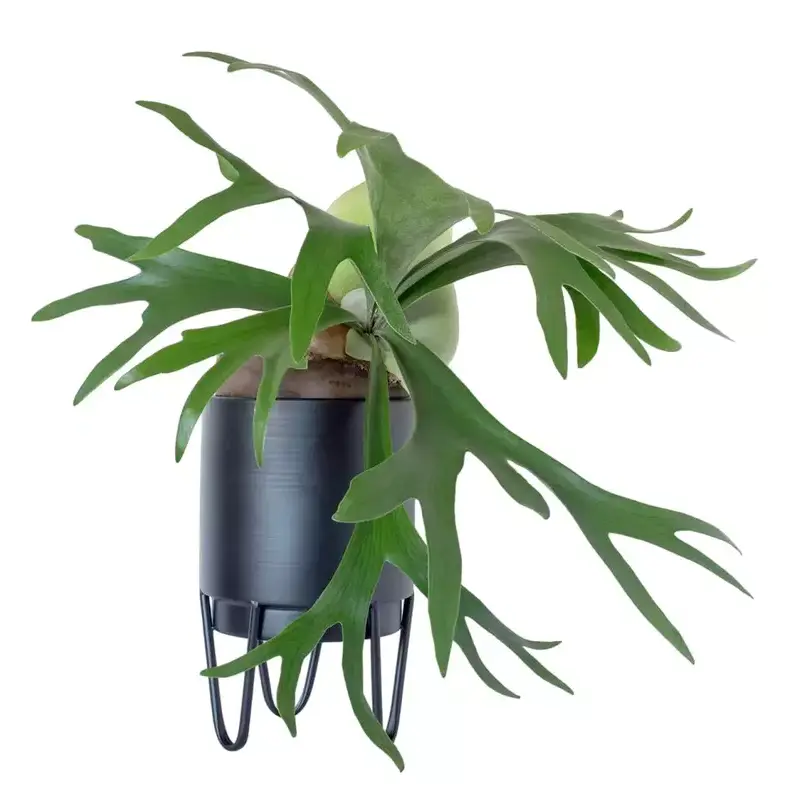
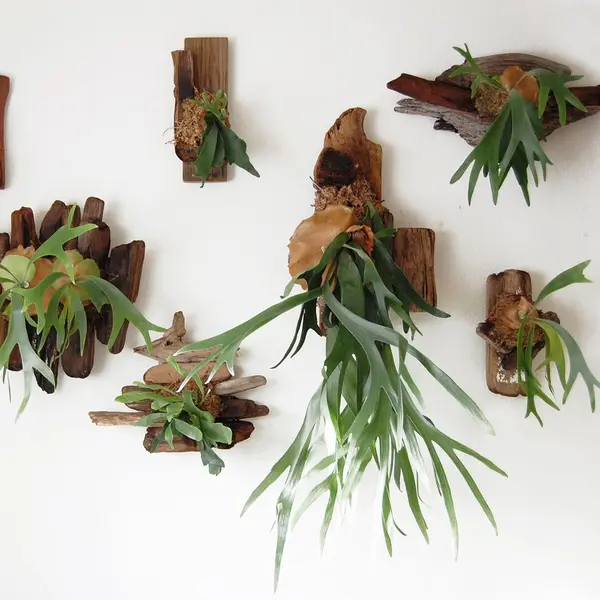
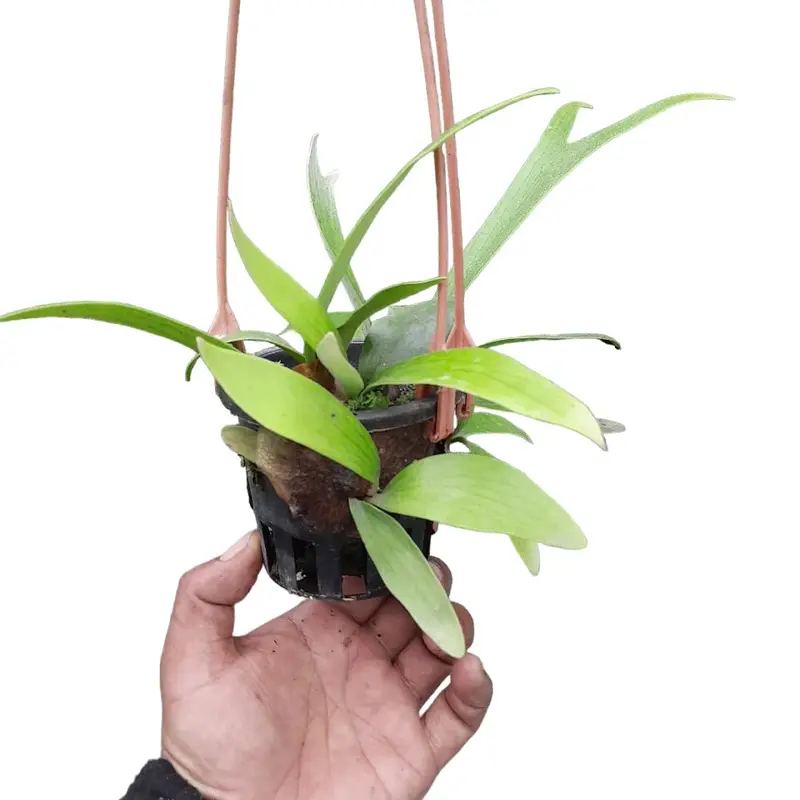
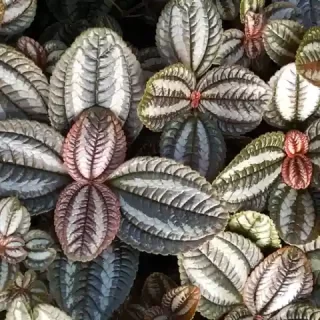
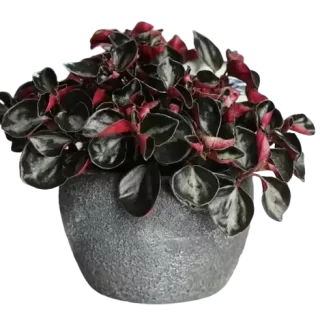



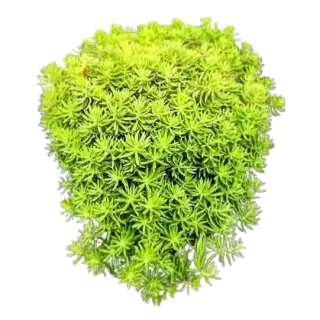
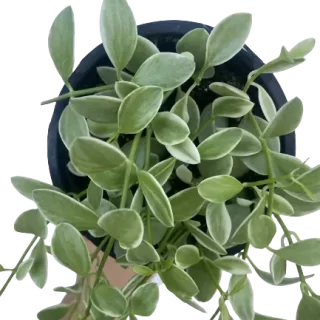

 If you need any assistance, I'm always here. Have you found what you were looking for?
If you need any assistance, I'm always here. Have you found what you were looking for?
Reviews
There are no reviews yet.